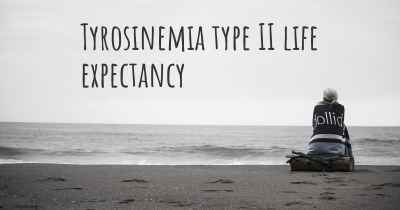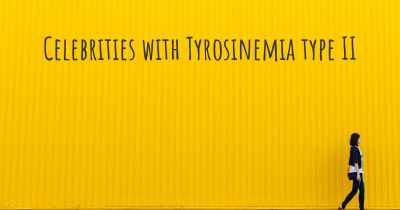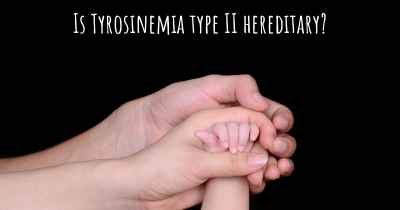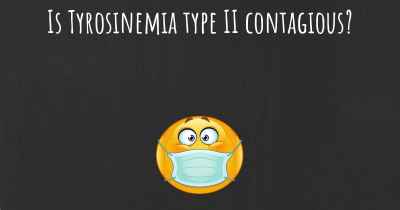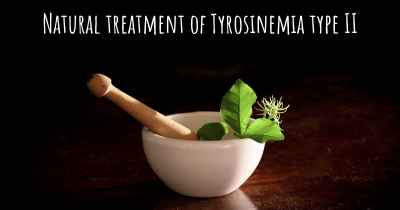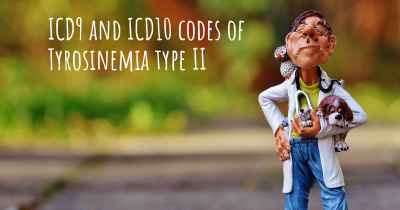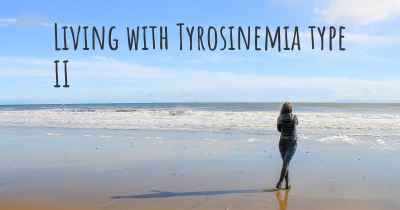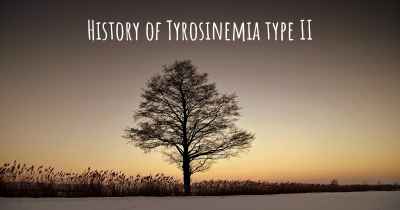Tyrosinemia type II diet. Is there a diet which improves the quality of life of people with Tyrosinemia type II?
Are you aware of a diet that can improve the quality of life of people with Tyrosinemia type II? Is there a diet that is suggested to avoid when having Tyrosinemia type II? See if there is a diet that can improve the quality of life of people with Tyrosinemia type II, recommended and to avoid food when having Tyrosinemia type II
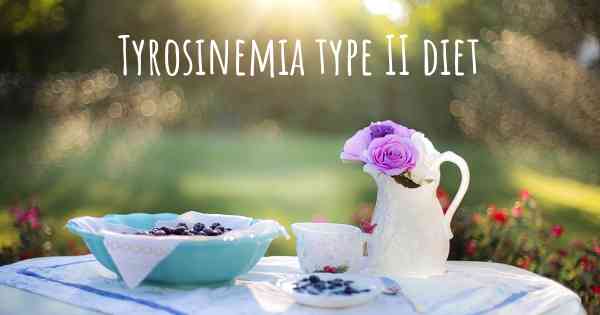
Tyrosinemia Type II Diet: Improving Quality of Life
Tyrosinemia type II, also known as tyrosinemia type II or Richner-Hanhart syndrome, is a rare genetic disorder that affects the body's ability to break down the amino acid tyrosine. This condition is caused by a deficiency of the enzyme tyrosine aminotransferase (TAT), which leads to the accumulation of tyrosine and its byproducts in the body. While there is no cure for tyrosinemia type II, a carefully managed diet can significantly improve the quality of life for individuals with this condition.
The Role of Diet in Tyrosinemia Type II
Diet plays a crucial role in managing tyrosinemia type II as it aims to reduce the intake of tyrosine and phenylalanine, another amino acid that can be converted into tyrosine. By limiting the consumption of these amino acids, the buildup of toxic byproducts can be minimized, preventing potential complications and improving overall health.
Key Dietary Recommendations
1. Protein Restriction: Since tyrosine and phenylalanine are found in protein-rich foods, it is important to limit protein intake. This can be achieved by consuming a low-protein diet, which typically restricts the consumption of meat, fish, dairy products, and legumes. Instead, individuals with tyrosinemia type II can opt for protein sources with lower tyrosine and phenylalanine content, such as fruits, vegetables, and grains.
2. Tyrosine and Phenylalanine Monitoring: Regular monitoring of tyrosine and phenylalanine levels in the blood is essential to ensure they remain within the recommended range. This can help determine the effectiveness of the diet and guide necessary adjustments. Healthcare professionals, such as dietitians and metabolic specialists, play a crucial role in monitoring and guiding individuals with tyrosinemia type II in managing their dietary needs.
3. Supplementation: Since a low-protein diet may not provide sufficient amounts of certain essential nutrients, supplementation may be necessary. This can include vitamin and mineral supplements, as well as specific amino acid formulas that are tailored to meet the individual's nutritional requirements while minimizing tyrosine and phenylalanine intake.
4. Phenylalanine-Restricted Diet: In some cases, individuals with tyrosinemia type II may also benefit from a phenylalanine-restricted diet. This involves further limiting the intake of phenylalanine, which can be achieved by avoiding foods high in this amino acid, such as certain fruits, vegetables, and artificial sweeteners.
Benefits of a Well-Managed Diet
Adhering to a carefully managed diet can bring several benefits to individuals with tyrosinemia type II, including:
1. Symptom Management: By reducing the accumulation of toxic byproducts, a proper diet can help manage symptoms associated with tyrosinemia type II. These symptoms may include eye-related issues, intellectual disability, skin lesions, and neurological problems.
2. Growth and Development: A well-managed diet ensures that individuals with tyrosinemia type II receive adequate nutrition for optimal growth and development. This is particularly important for children with the condition, as they require proper nutrients for their physical and cognitive development.
3. Prevention of Complications: By minimizing the buildup of tyrosine and its byproducts, a controlled diet can help prevent complications associated with tyrosinemia type II, such as liver and kidney damage.
Conclusion
A carefully managed diet is essential for individuals with tyrosinemia type II to improve their quality of life and prevent potential complications. By following a low-protein diet, monitoring tyrosine and phenylalanine levels, considering supplementation, and potentially restricting phenylalanine intake, individuals with tyrosinemia type II can effectively manage their condition and lead healthier lives. It is crucial for individuals with tyrosinemia type II to work closely with healthcare professionals to develop a personalized dietary plan that meets their specific needs and ensures optimal health outcomes.
